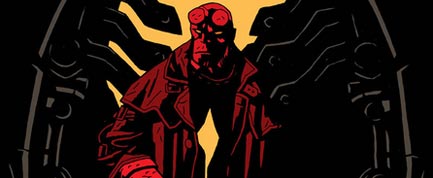HOLD FOR ROB - Evolution in Action

Finches, monkeyflowers, sockeye salmon, and bacteria are changing before our eyes.
Charles Darwin’s wife, Emma, was terrified that they would be separated for eternity, because she would go to heaven and he would not. Emma confessed her fears in a letter that Charles kept and treasured, with his reply to her scribbled in the margin: “When I am dead, know that many times, I have kissed and cryed over this.”
Close as they were, the two could hardly bear to talk about Darwin’s view of life. And today, those of us who live in the United States, by many measures the world’s leading scientific nation, find ourselves in a house divided. Half of us accept Darwin’s theory, half of us reject it, and many people are convinced that Darwin burns in hell. I find that old debate particularly strange, because I’ve spent some of the best years of my life as a science writer peering over the shoulders of biologists who actually watch Darwin’s process in action. What they can see casts the whole debate in a new lightor it should.
Darwin himself never tried to watch evolution happen. “It may metaphorically be said,” he wrote in the Origin of Species, that natural selection is daily and hourly scrutinising, throughout the world, the slightest variations; rejecting those that are bad, preserving and adding up all that are good; silently and insensibly working, whenever and wherever opportunity offers. . . . We see nothing of these slow changes in progress, until the hand of time has marked the lapse of ages.
Darwin was a modest man who thought of himself as a plodder (one of his favorite mottoes was, “It’s dogged as does it”). He thought evolution plodded too. If so, it would be more boring to watch evolution than to watch drying paint. As a result, for several generations after Darwin’s death, almost nobody tried. For most of the twentieth century the only well-known example of evolution in action was the case of peppered moths in industrial England. The moth had its picture in all the textbooks, as a kind of special case.
- Yes, Evolution is a Theory. It's Religion and Politics that are the Problems
- Top 10 Missing Links
- The Top 10 Intelligent Designs (or Creation Myths)
Get the world’s most fascinating discoveries delivered straight to your inbox.


